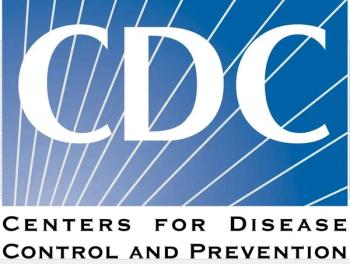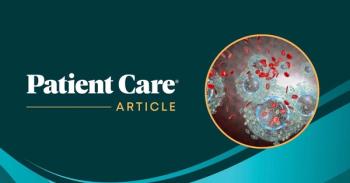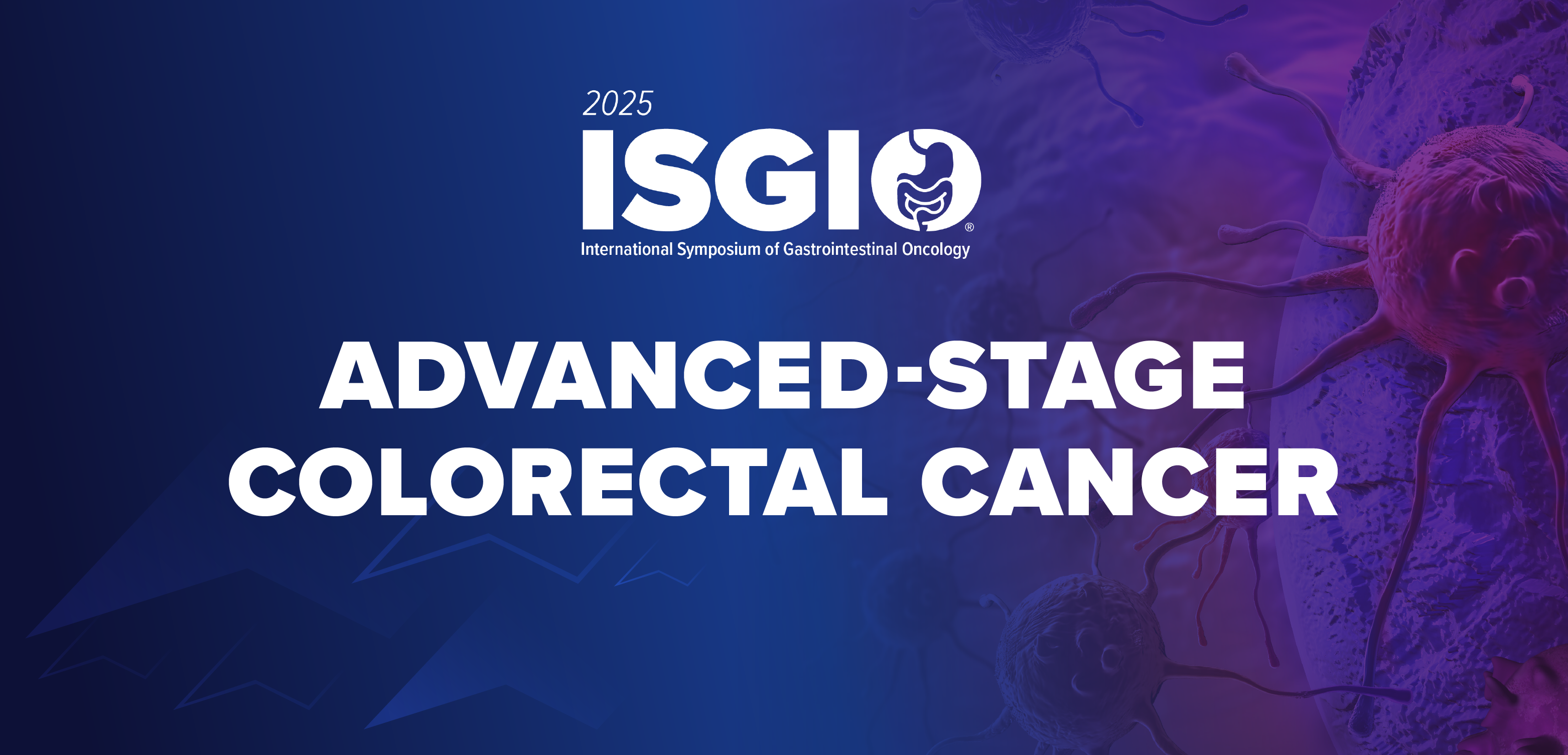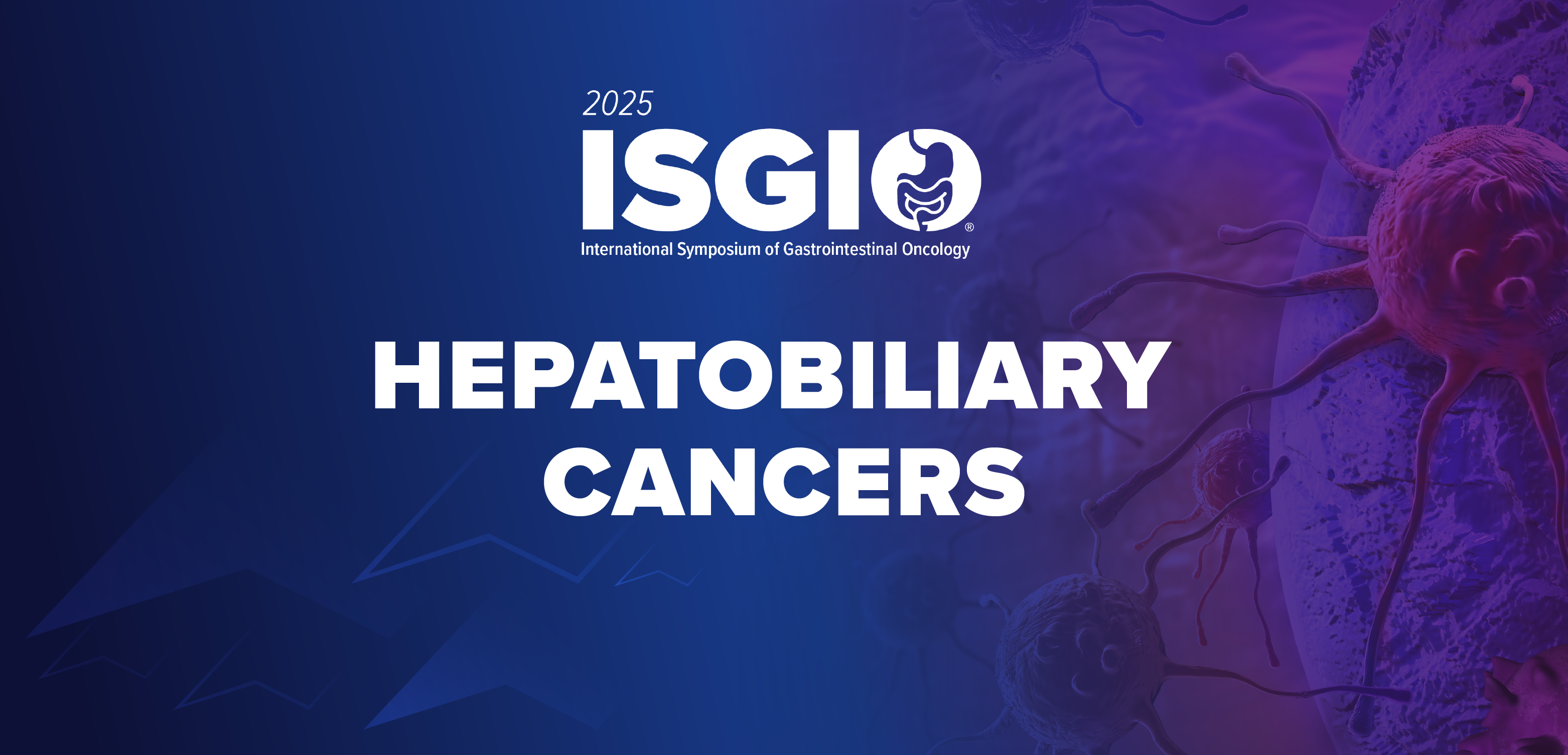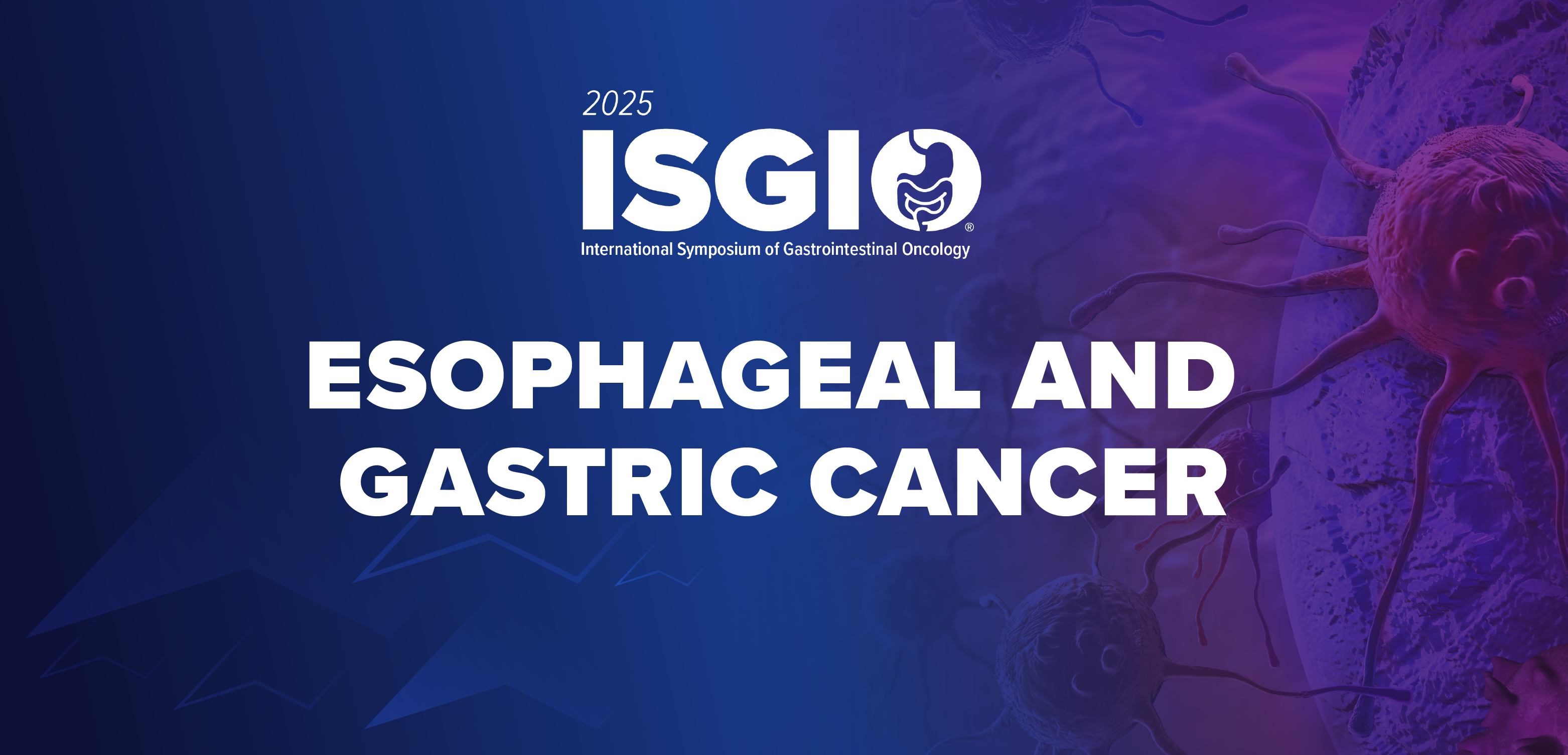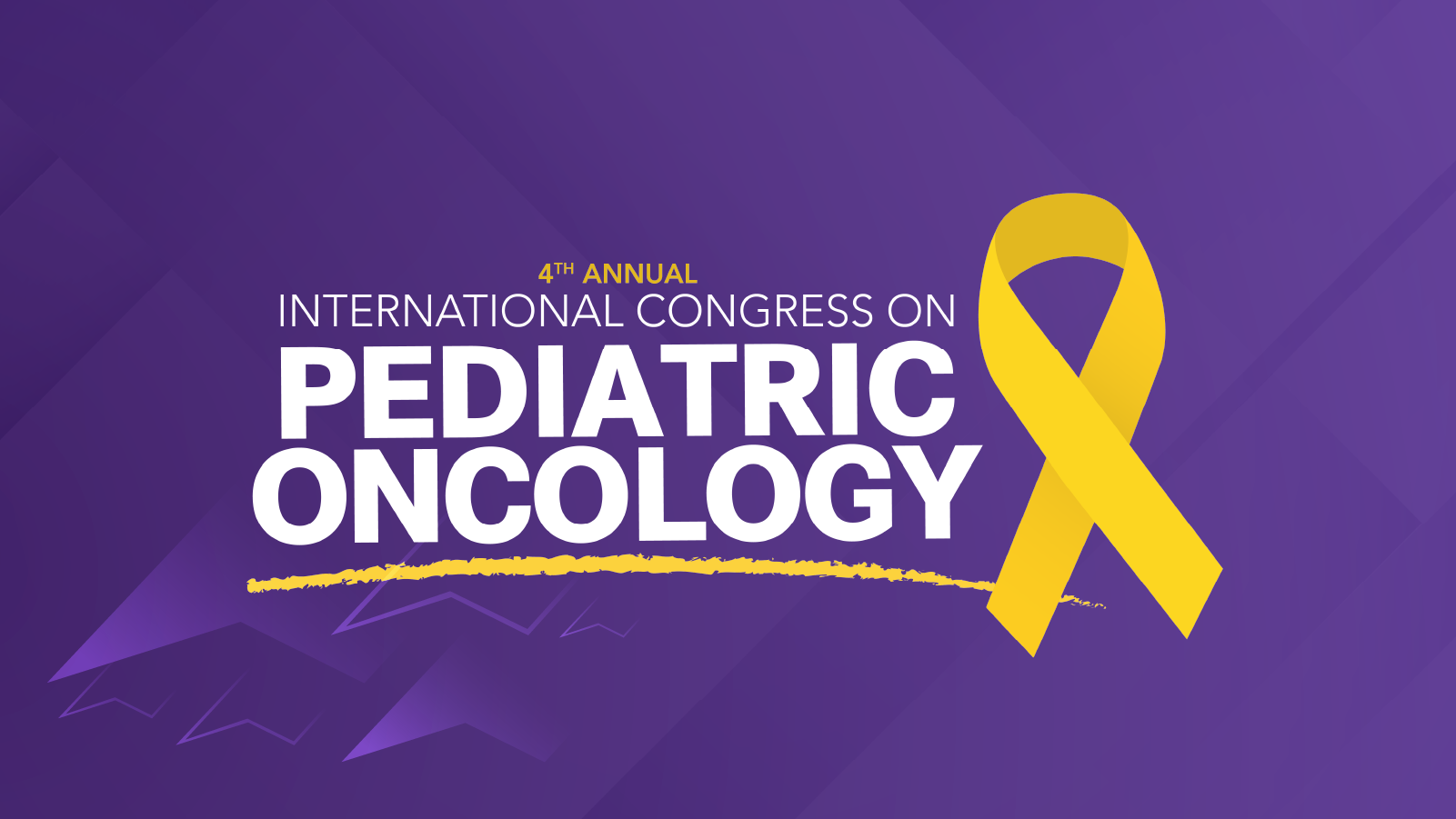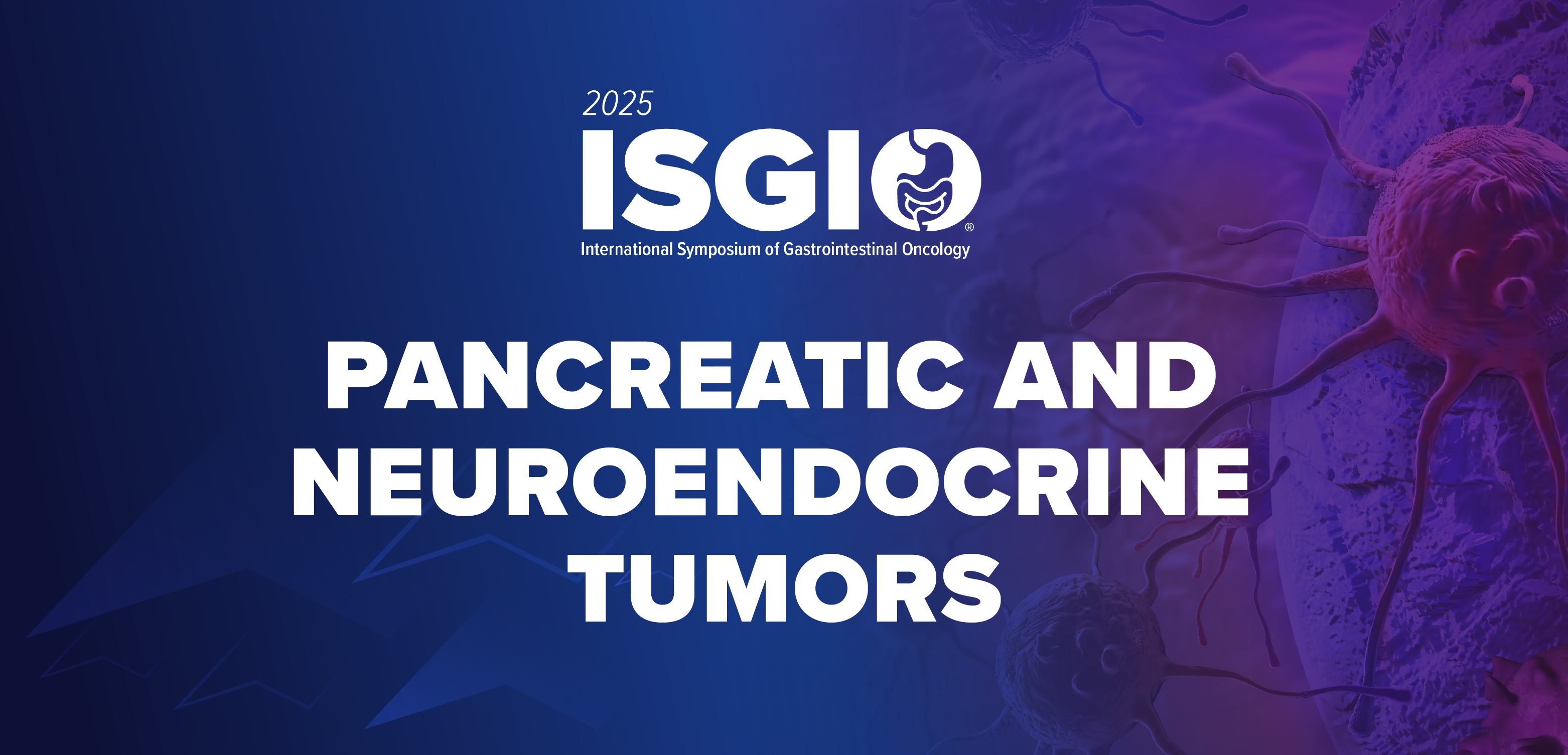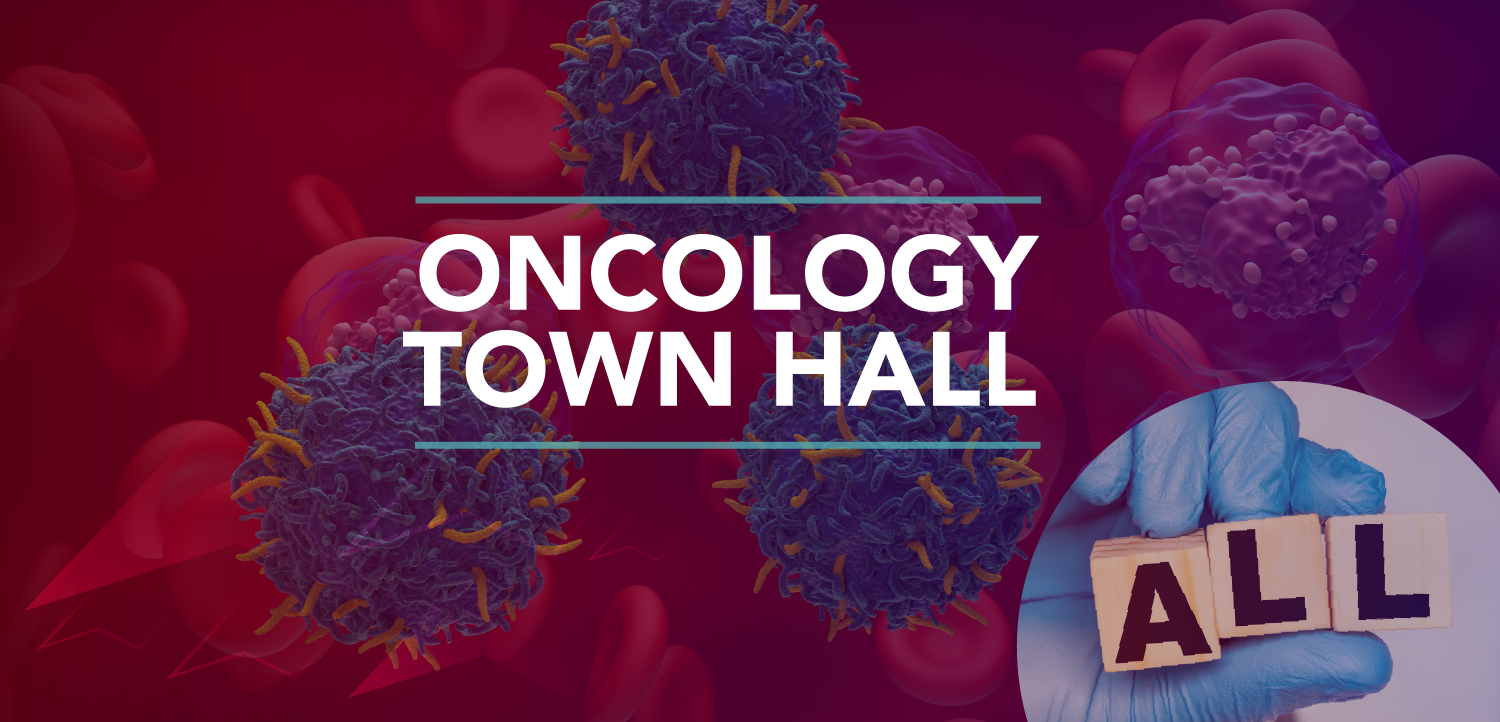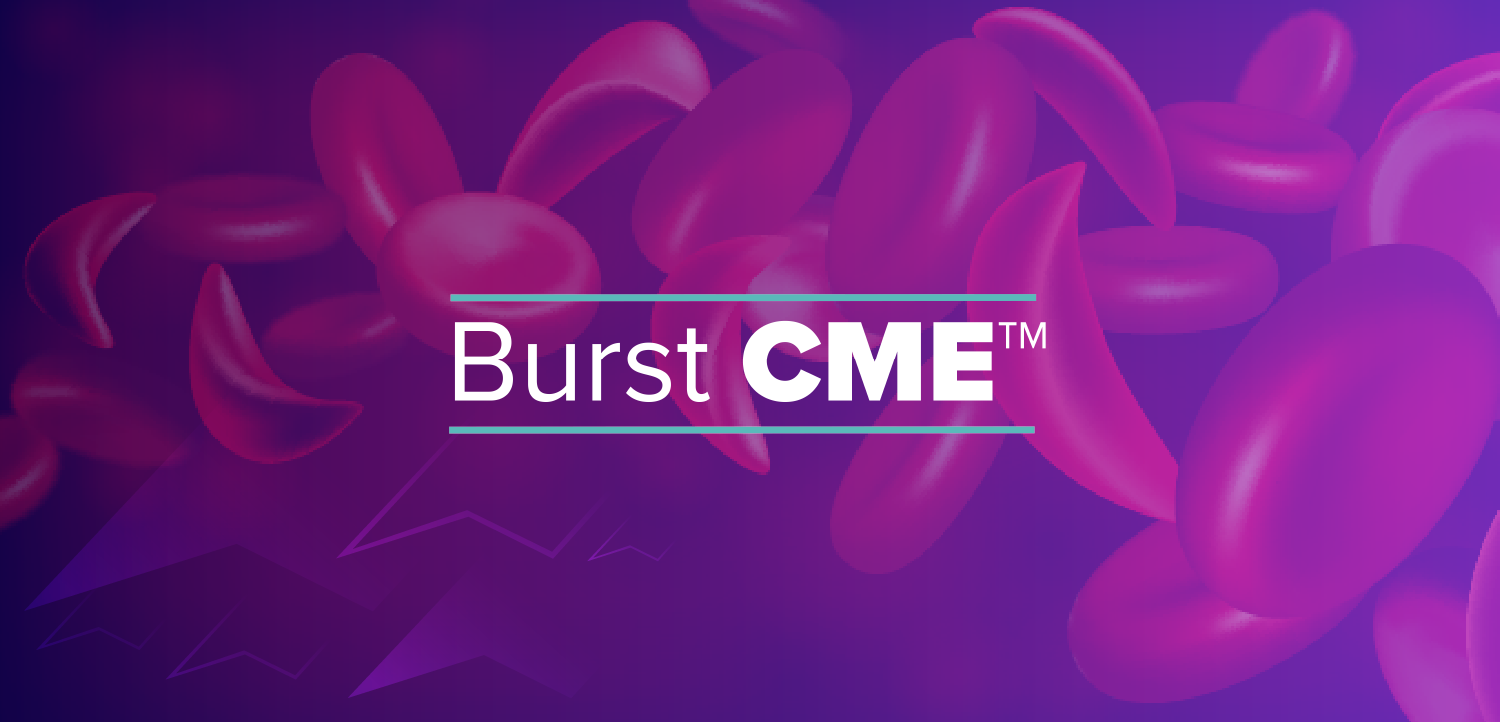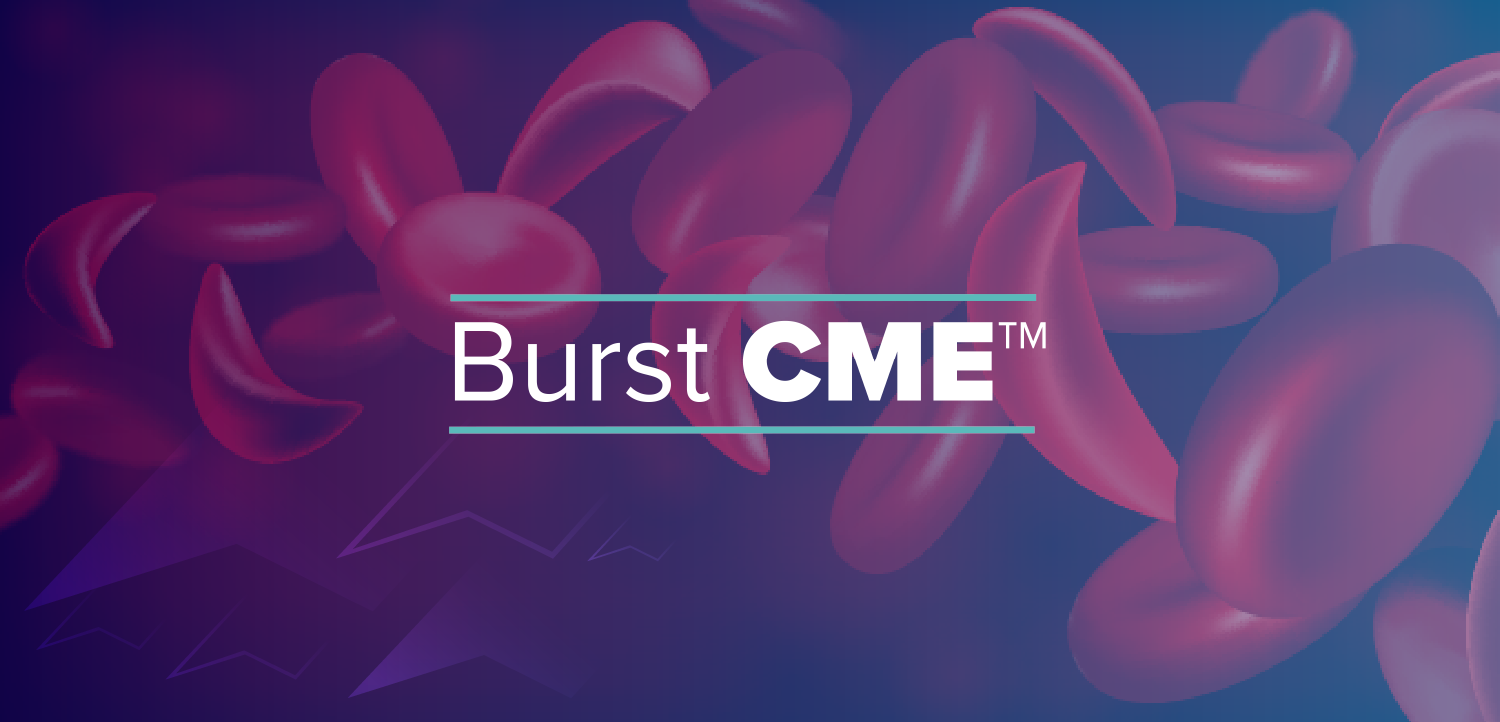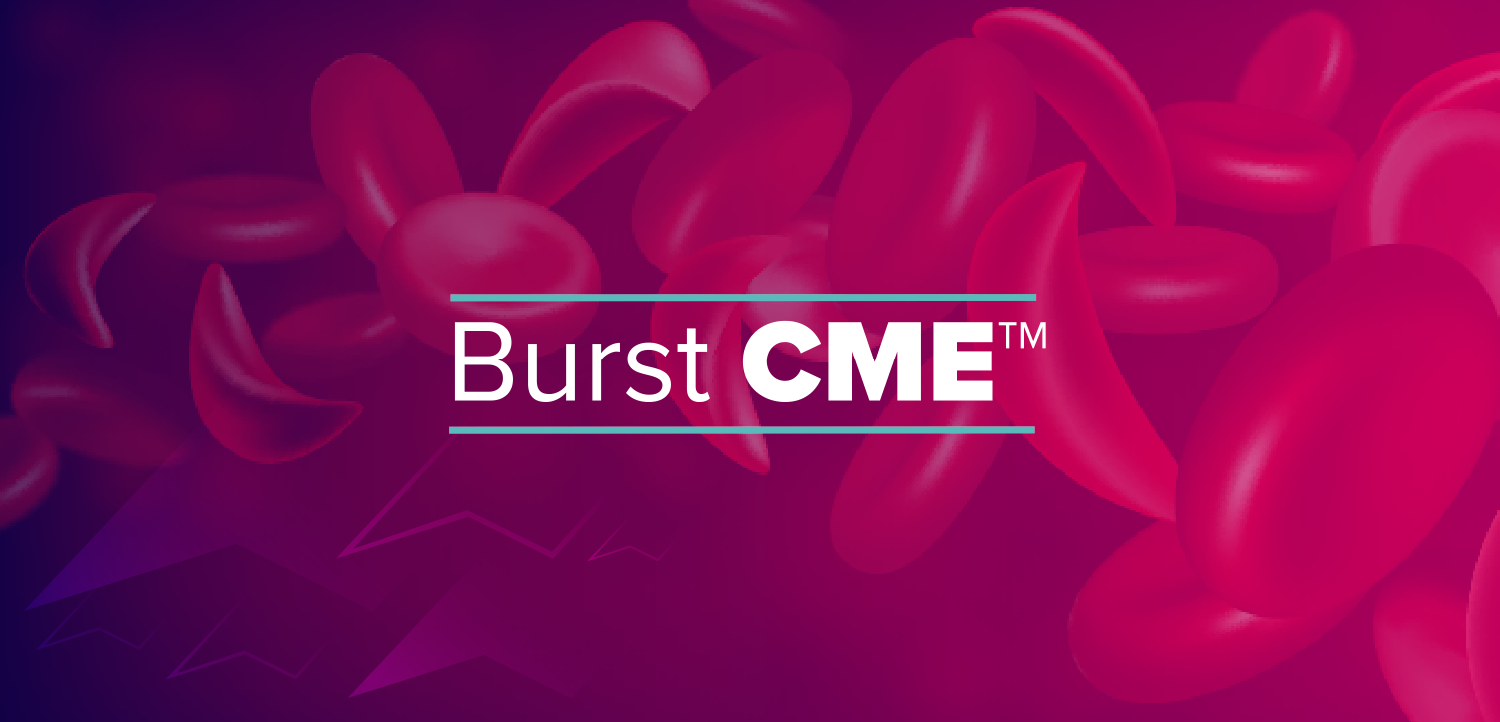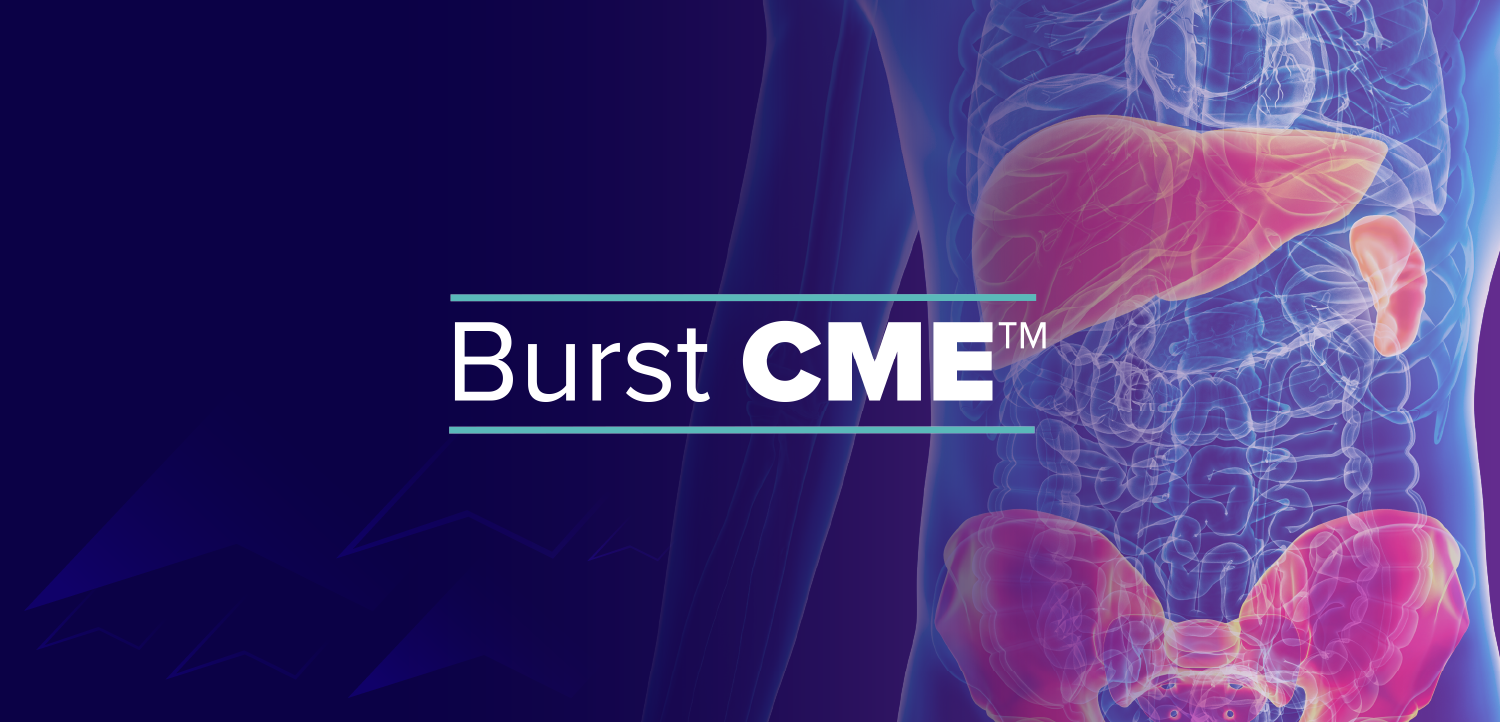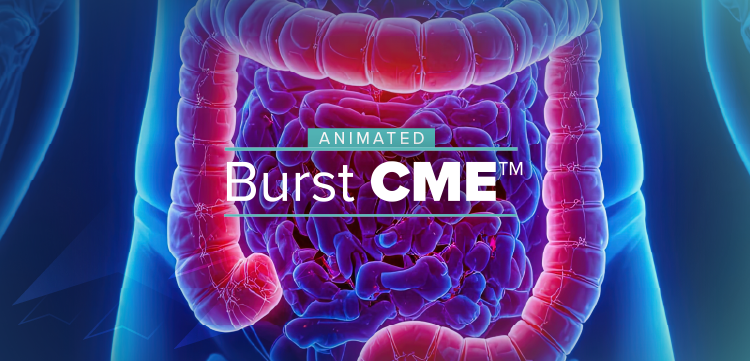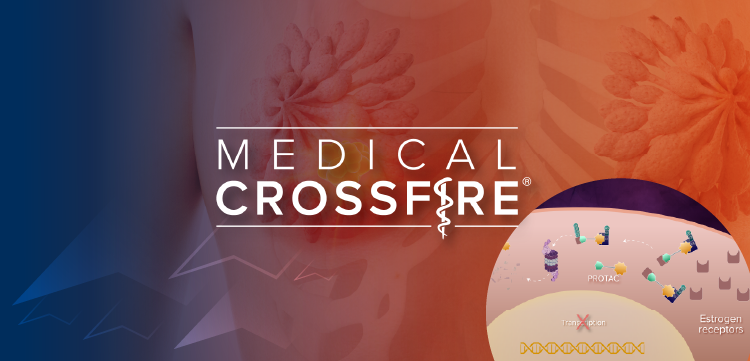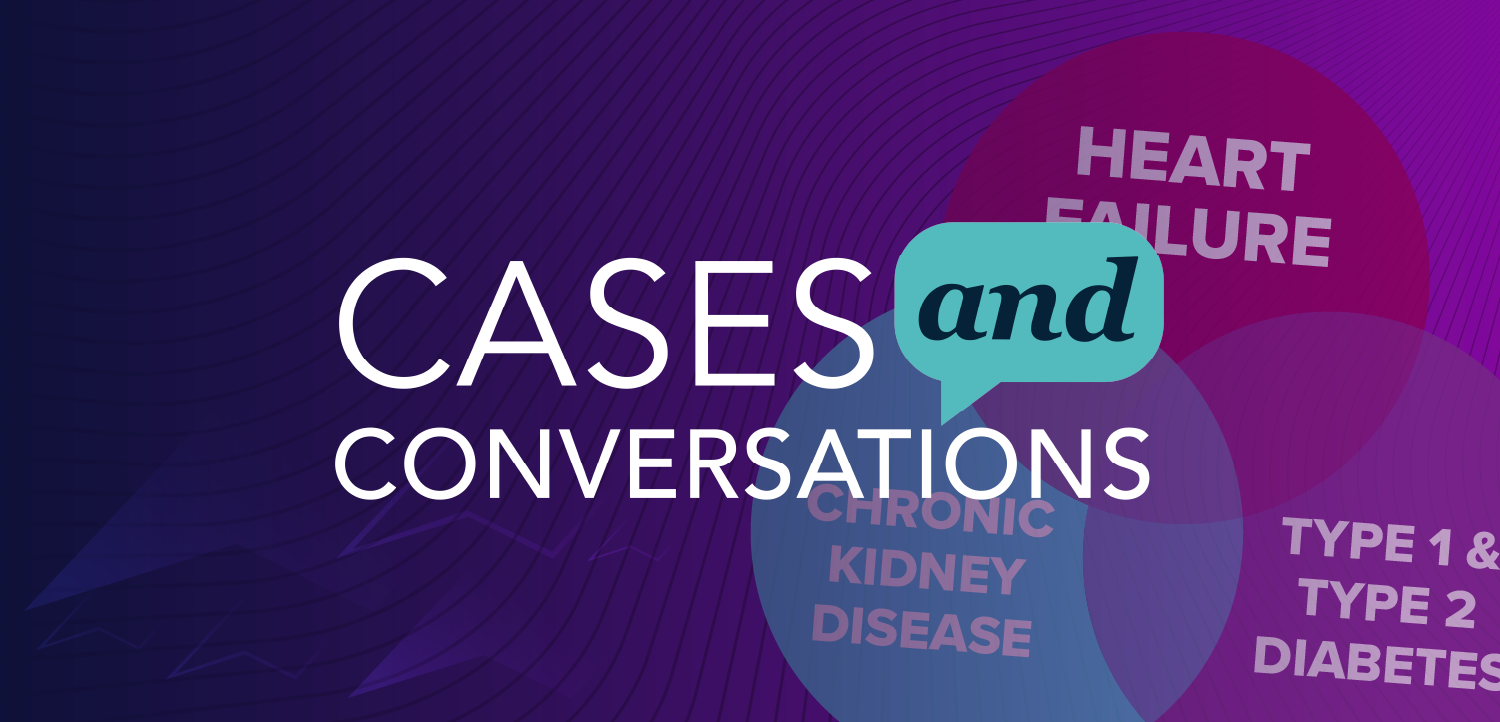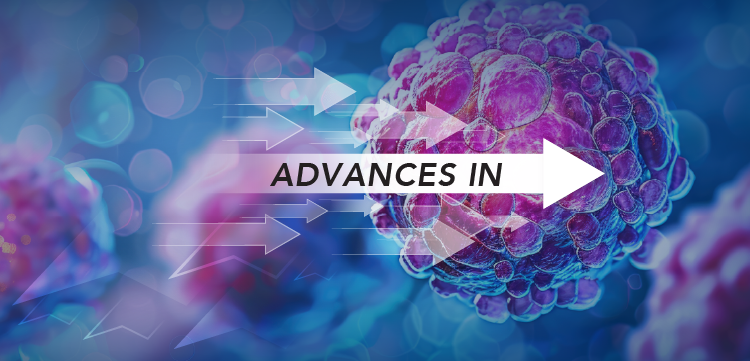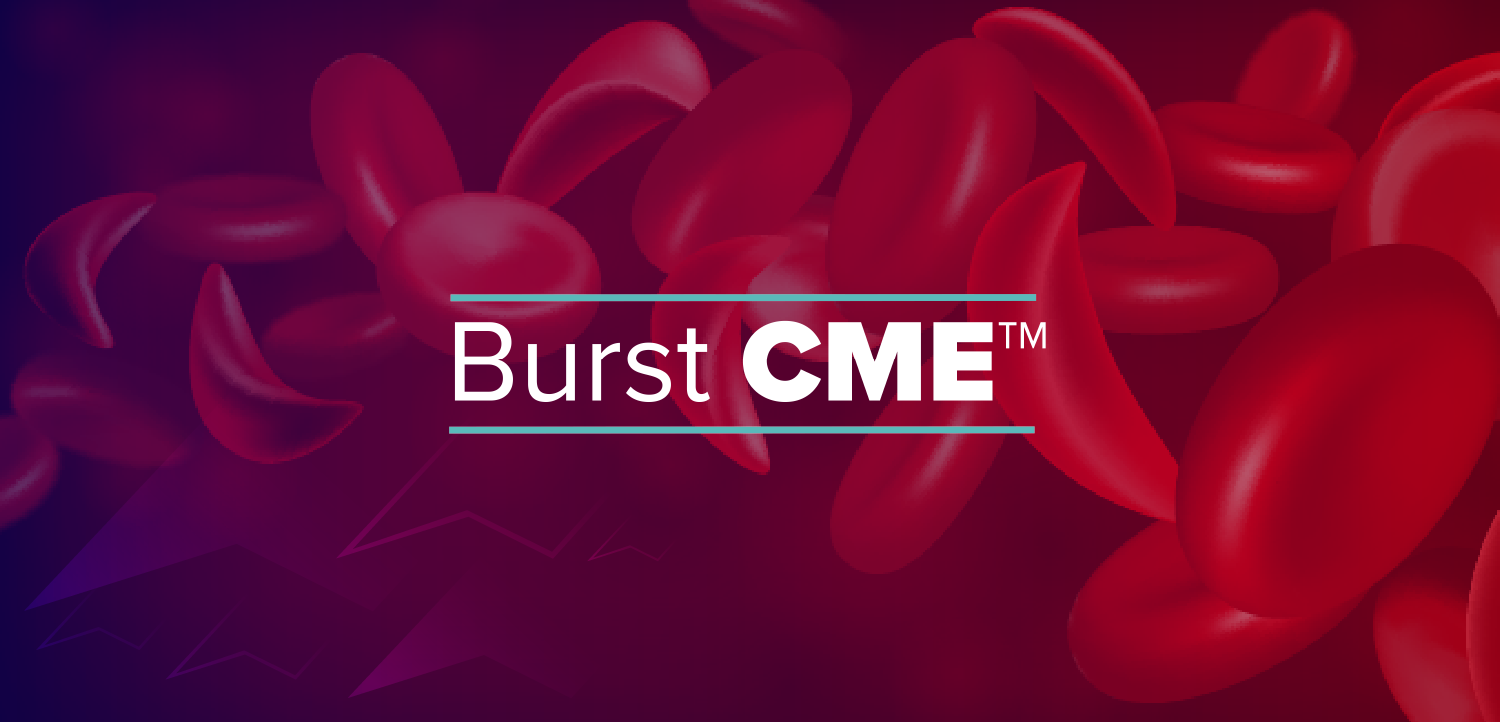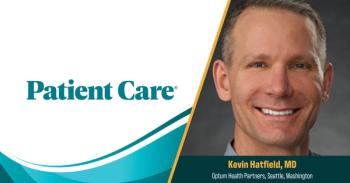
How to Manage Post-COVID-19 Vaccination Reactions among Healthcare Staff
Vaccination against COVID-19 for US healthcare personnel began on December 14, 2020; the same day, CDC hosted a webinar on how to ensure HCP health and safety during this period.
During a CDC Clinical Outreach and Communication
Primary concerns were scheduling of vaccination to minimize loss of work/staff shortages in the event of vaccine-related side effects and effectively differentiating between signs/symptoms expected from vaccination and those resulting from infection with SARS-Cov-2 or another pathogen.
Click through the key points highlighted in this short slide show.
Newsletter
Enhance your clinical practice with the Patient Care newsletter, offering the latest evidence-based guidelines, diagnostic insights, and treatment strategies for primary care physicians.

